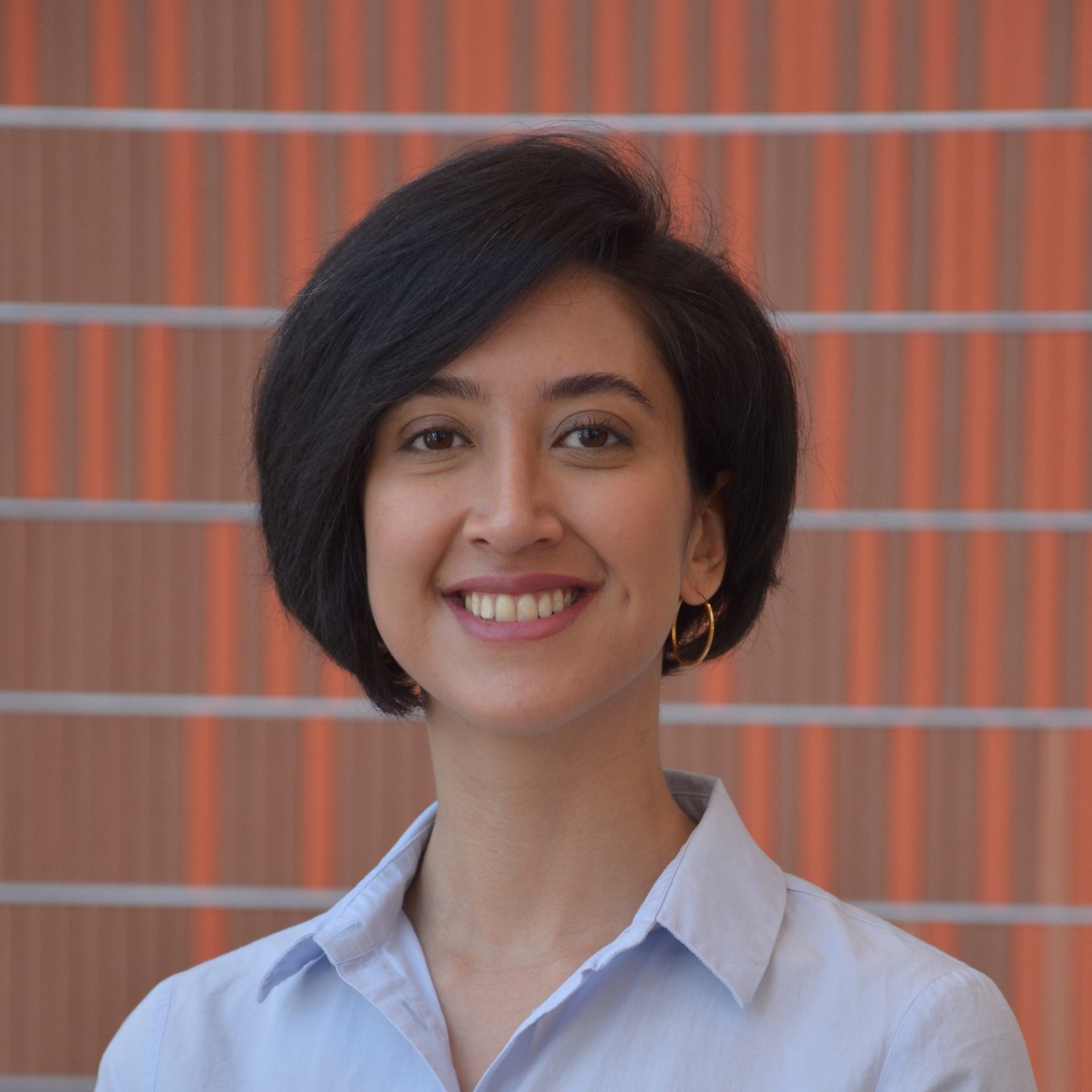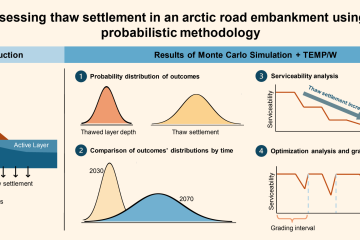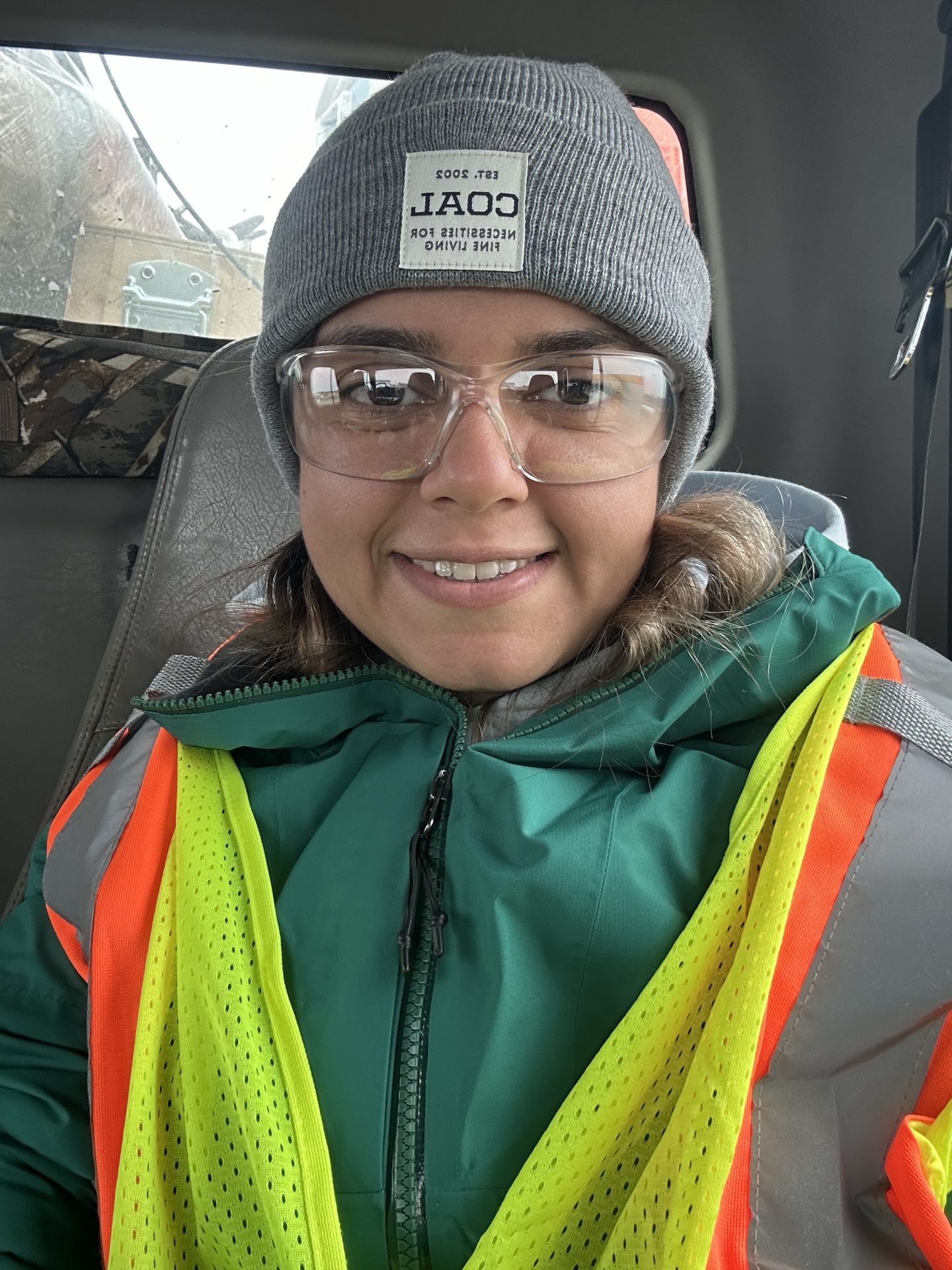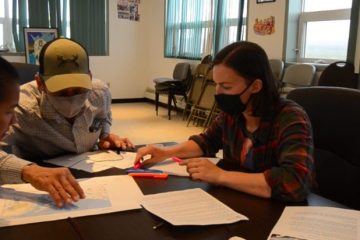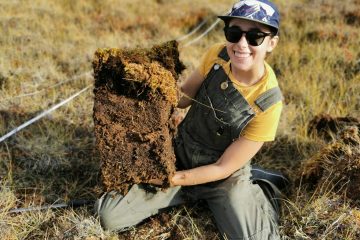Khatereh Roghangar will be presenting Probabilistic Assessment of Thaw Settlement in Permafrost Terrain Under Climate Change.
Date: 21 May 2025
Time: 13:00-14:00 Eastern Time
Location: Zoom (details are posted in our Teams site).
This presentation introduces a probabilistic methodology to assess thaw settlement in permafrost terrain under climate change, addressing the limitations of traditional deterministic models that overlook uncertainties in soil properties and climate projections. Using thermal modeling (TEMP/W) and Monte Carlo simulations, the study developed a custom Python tool to evaluate thaw settlement, serviceability, and optimized maintenance strategies.
Applied to real-world cases, the Hudson Bay Railway and Inuvik to Tuktoyaktuk Highway, the results highlight the growing variability in thaw behaviour over time and the critical role of embankment thickness in performance. By integrating probabilistic analysis into infrastructure design, this work enables more resilient and cost-effective planning for cold regions affected by permafrost degradation.
